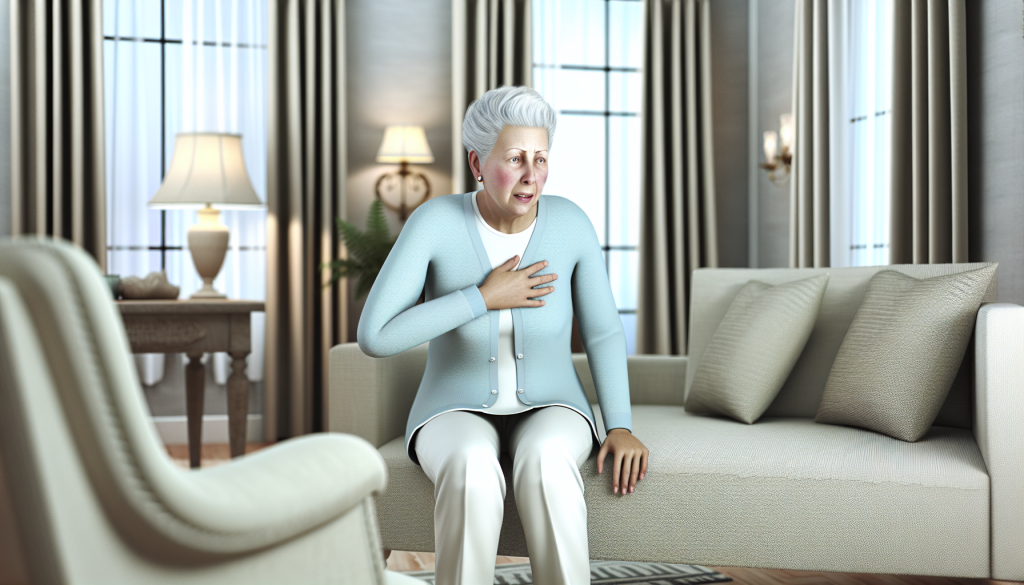Understanding Barrett’s Esophagus

Health Capsule
Barrett’s esophagus is a medical condition that impacts roughly 5% of adults across the country. It involves changes to the lining of the esophagus—the tube that connects the mouth to the stomach—which can increase a person's chances of developing esophageal cancer.
While the exact cause of Barrett’s esophagus remains unknown, certain factors can raise the likelihood of developing it. The condition occurs more frequently in the United States than elsewhere. People over the age of 50 are at greater risk. Smoking and excess abdominal weight can also contribute to the chances of developing this condition.
This condition typically doesn’t produce symptoms on its own. However, it is often found in individuals who also experience gastroesophageal reflux disease (GERD). GERD can cause a range of symptoms such as heartburn, discomfort in the chest, nausea, and, in some cases, difficulty swallowing.
Doctors generally identify Barrett’s esophagus through a procedure called endoscopy, which involves using a thin, flexible tube to view the inside of the esophagus. Treatment usually includes medications that are also used for GERD, and in some cases, surgical procedures may be recommended.
If you have GERD, controlling your symptoms can help lessen damage to the esophagus. Doctors might suggest changes in diet and lifestyle as part of a broader treatment plan. Consult your healthcare provider for more information on managing Barrett’s esophagus.